The Grapes of Moore
by Chris Clemens
There are dozens of grape varieties grown in the Finger Lakes region. Many of the more common grapes like Rieslings and Concords are well documented but there are lesser known varieties, too. Michael Warren Thomas, who has a weekly radio show about Finger Lakes wines, mentioned to me the Moore’s Diamond grape as having an interesting history that tied back to Rochester. With only his suggestion that it might be a history I’d enjoy, I began to press more into the story. I found myself in a whirlwind of research and exploration about a guy who quite possibly is the only one in our region to experiment with creating a hybrid grape. Furthermore, I pass Jacob Moore’s former farm and his final resting place twice daily en route to my office. I was way too intrigued to go sour on this grape piece of local history without seeing it through to the end.
I’m gonna warn Exploring Upstate readers right now, this post is long. Really long. But, trust me, it’s way too cool for me to start leaving pieces out.
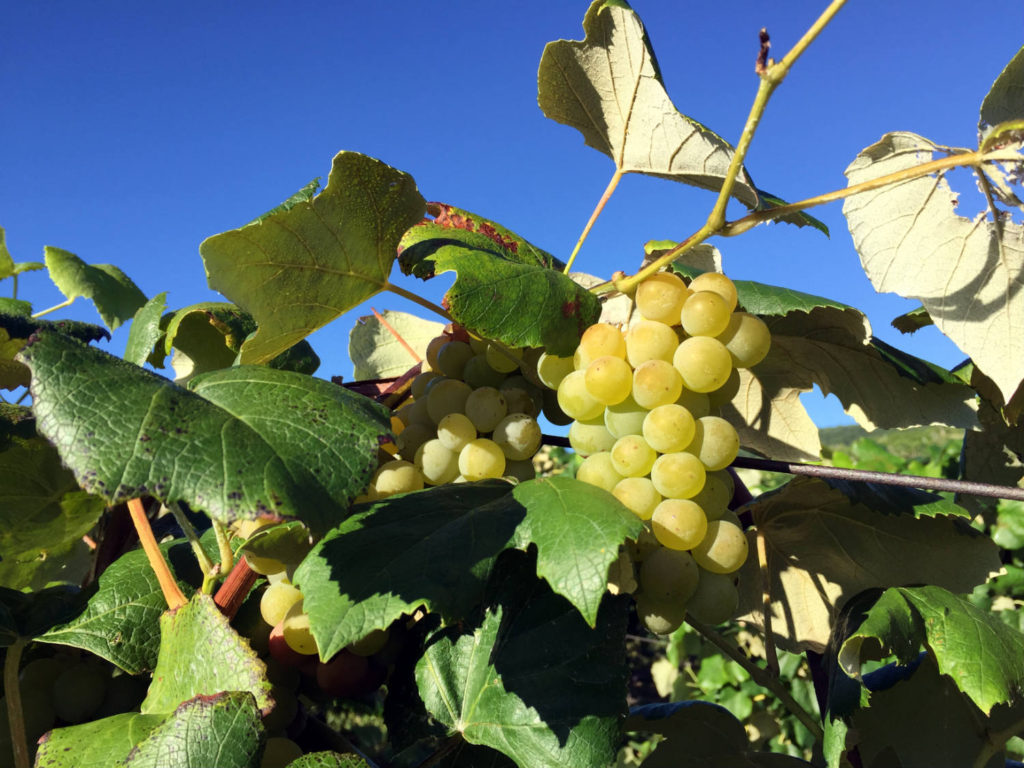
Jacob Moore – Brighton, New York
Born December 28, 1835 to Isaac and Amy Moore, Jacob was the second Jacob to be born in the family. His younger brother whom he never met died at the fragile age of six in 1825, passing his name onto the would-be horticulturist of the family.
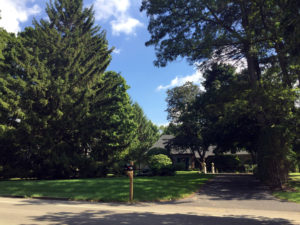
Somewhere in this 1850-1880 time frame, the “Flour City” was becoming the “Flower City” as landscape architects, arborists and nursery businesses began to blossom. Rochester and the surrounding region were on the cusp of reinventing itself as a region known for its nursery businesses as the grain trade settled. While occupying a family farm at 1496 Clover Street in Brighton during the mid-late 1800’s (which, coincidentally is nearly across the street from this house), Moore was learning the horticulture business that his father Isaac had begun.
Before the family sold their farm in 1885, Jacob would use the land to experiment with concocting new types of fruit and in doing so, created four of his very own varieties of grapes, two currants, and a pear. Though there is plenty of documentation that grape growers in the Finger Lakes pioneered methods for improving crop yield and taste, there is no known documentation that anyone was actually attempting to create their own grape. Not only was Moore inventing his own grapes, he was doing it at a time when very few were attempting to experiment with methods for successfully growing a wine grape in this area. By all definitions of the word, Jacob Moore was a pioneer.
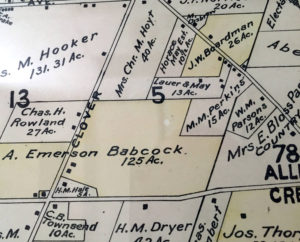
Today, that farm is long gone and without even a historic plaque to recognize the land where Moore created his legacies. The land changed hands a couple times after the Moore’s owned it and was sold to Emerson Babcock sometime after 1885. The two large single family homes that now straddle that very same soil provide no indication of the original lot lines. But, as luck would have it, I have a map of Brighton from 1902 hanging right in my office that clearly marks the plot.
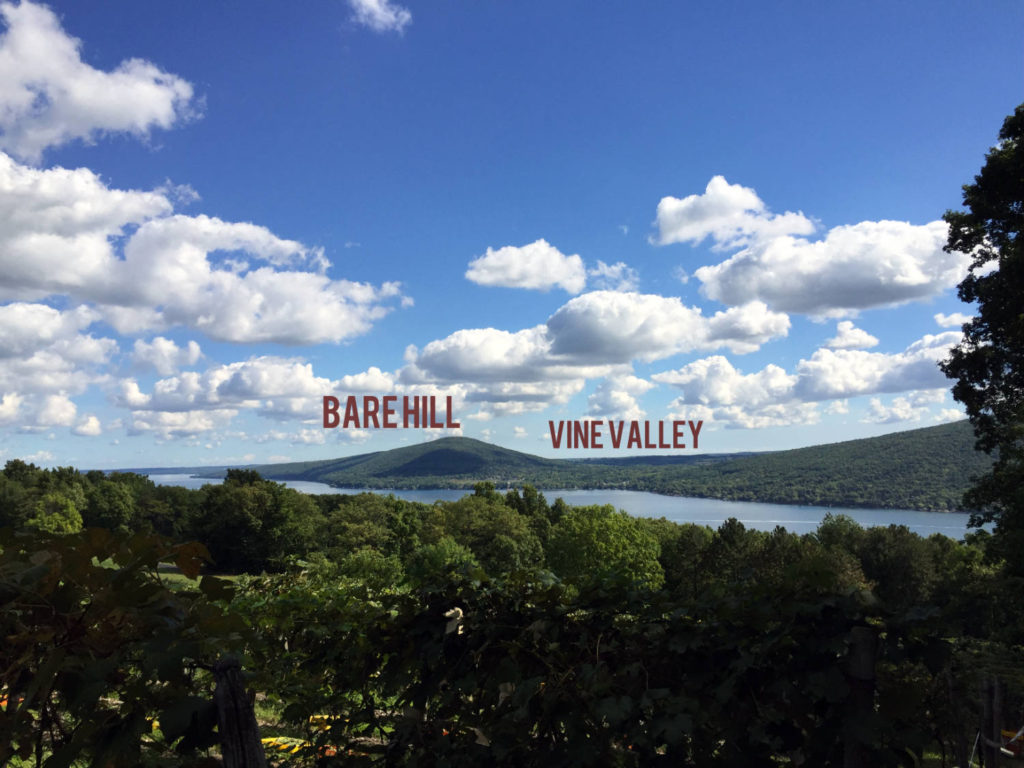
Moore moved his family and his growing knowledge to Middlesex, located on the eastern shore of Canandaigua Lake. Specifically, he planted himself in a spot known as Vine Valley, at the southern edge of Bare Hill. By the time Moore passed away on February 11, 1908, the vines of the valley ascended nearly halfway up the hill, and they stayed that way for decades.

Today, Jacob Moore is buried in Brighton Cemetery. His is an unmarked grave, but documents show that he lies in grave 7 of plot 35, right next to the other Jacob, and also their brother Caleb in grave 1. While it wouldn’t be fair to say that he died a poor man, at the time of Moore’s passing, his farm was valued at $350.00 and he had $48.00 in cash. With an undertaker bill of $88.50 and estate settlement expenses totaling $171.26, his final assets totaled today what many wine enthusiasts will spend on a single bottle.

The Grapes of Poverty
During the years he was experimenting, Moore created four different grapes. His first grape he named the Diana Hamburg, which never really took off. It was far too fragile to survive our often unforgiving climate. In 1873, he combined that grape with the heartier Concord, and developed the Brighton. As his fourth creation, the Geneva was first planted in 1874 and hybridized by using a Labrusca vine that he fertilized with a Muscat Alexandria. Known to provide a better crop in lower latitudes, the Geneva grape certainly isn’t the most popular, but is still used today in a number of varietals.
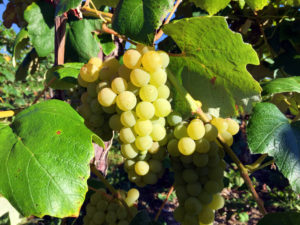
His third grape, aptly named Moore’s Diamond, is the one that started me on this research project. First planted in 1873 while living on the Clover St farm, it’s the result of combining a Concord with an Iona. He spent of a number of years refining the grape before introducing it much later in 1885. According to records, it wasn’t even listed in the American Pomological Society’s fruit list until 1897. The Moore’s Diamond grape was a bit of a late bloomer in notoriety. It wasn’t until 1940 that Finger Lakes winemakers began to really appreciate what it was capable of. Sadly, near the end of the 1950’s the Moore’s Diamond grape fell out of favor with the public, and it slipped back into obscurity. That is, until now.
Moore’s Diamond Sparkles Again
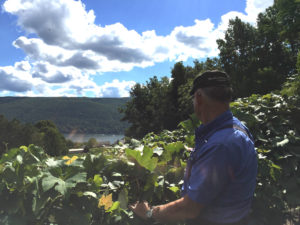
There are a number of vineyards in the Finger Lakes that grow Moore’s Diamond. One of them is Randall-Standish Vineyards, located in Canandaigua on Rt. 21. Since 1971, the family owned business has grown two dozen different varieties of grapes that are the source for many well known Finger Lakes wines and juices. During the last couple weeks, Randall-Standish has been harvesting and pressing Moore’s Diamond into juice and selling it to local winemakers. One of the those winemakers is Finger Lakes winemaking icon John Brahm, who owns Arbor Hill Winery a few miles south of the vineyard. Brahm also happens to be co-owner of Randall-Standish, so there wasn’t a better person in the entire state of New York that I could’ve spent a day hanging out with.
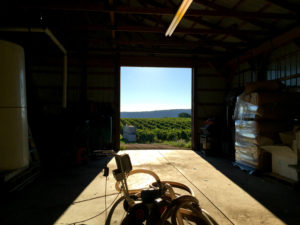
Brahm met me at Randall-Standish early one morning to walk me through the vines where Moore’s Diamond is grown. The engine noises from a state-of-the-art harvester broke the morning silence while it thrashed the vines to extract the coveted grape and a conveyor dropped them gently into a wooden box holding upwards of a single ton of grapes.
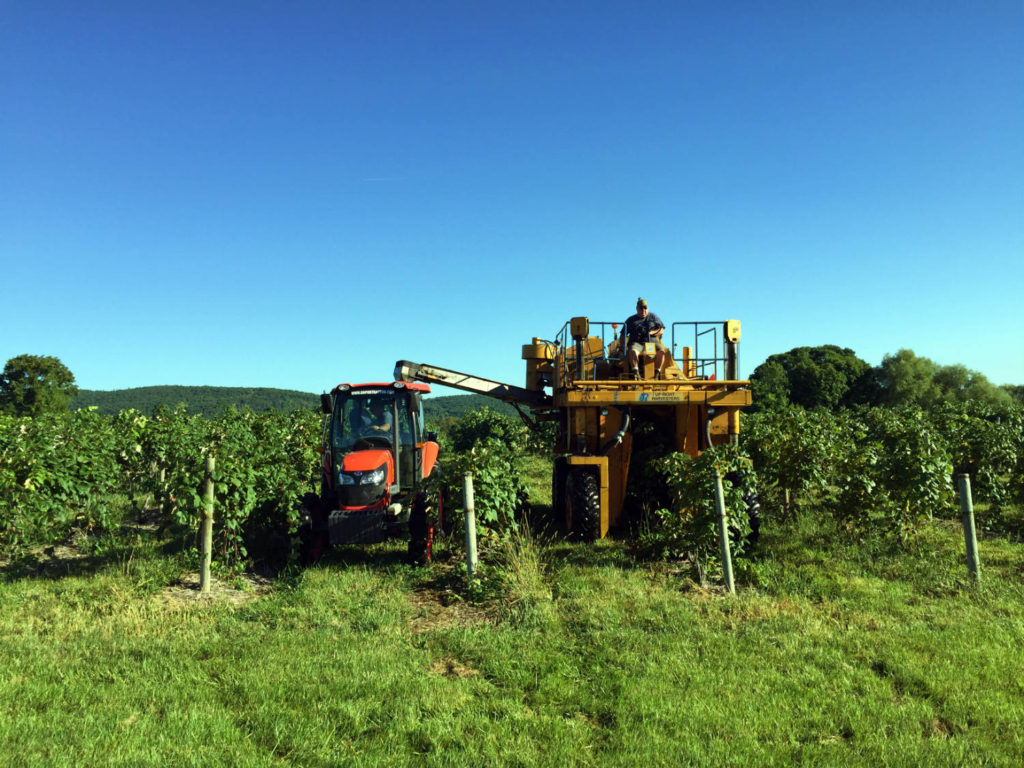
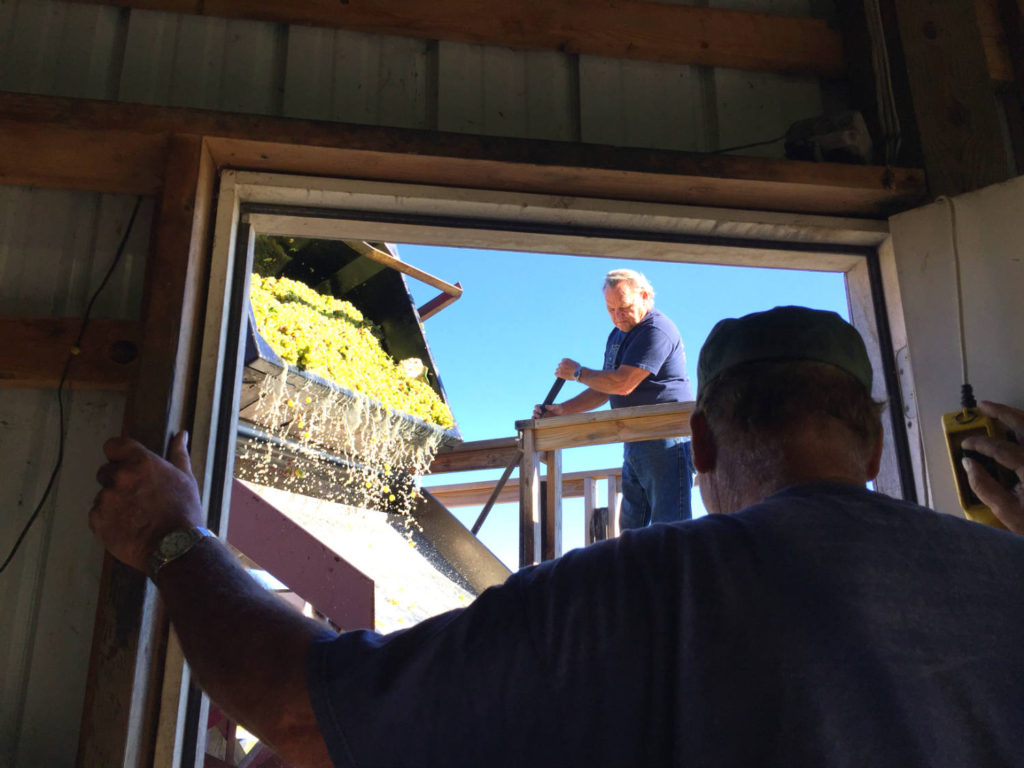
When the boxes are full, the tractor returns to the processor plant and the bunches are run through a sifter that intelligently removes the grapes from their stems. As I watched literally tons of Moore’s Diamond go from vine to harvester to tractor to stem-extractor all morning, then through hoses into a large bin and more hoses to the cold press, I tried to imagine explaining to an 1885 version of Jacob Moore what was happening with the very grape he created.
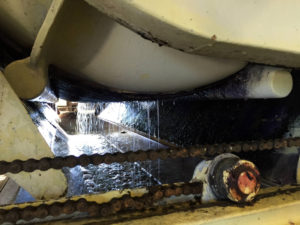
After it’s pressed, Randall-Standish now officially has Moore’s Diamond grape juice. At this stage, it’s an unpasteurized juice, which is precisely what winemakers show up to purchase. Each day, home hobbyists and professionals from around the Finger Lakes show up to fill huge jugs with the juices that will later ferment into fine wines.
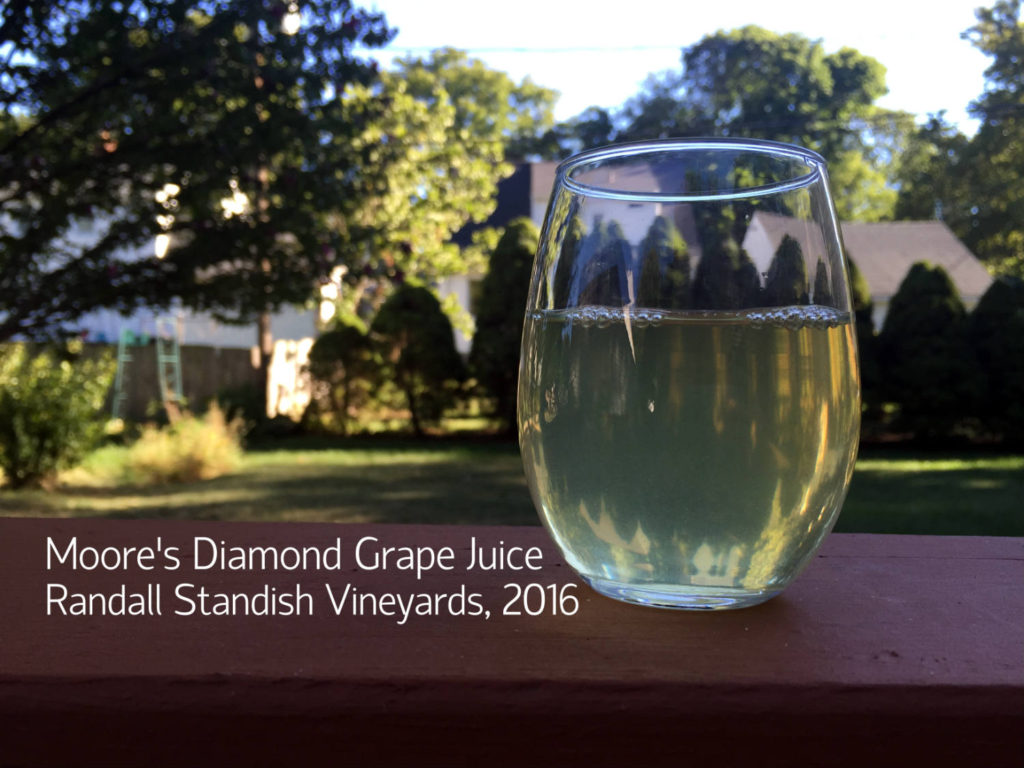
As a reference for comparison, a gallon of Riesling juice sells at Randall-Standish for $18.00, whereas a gallon of Moore’s Diamond sells for $6.00. Moore’s Diamond obviously isn’t the most popular, but it’s definitely used and enjoyed. In fact, back at Arbor Hill, Brahm uses it to make one of the dry table wines in his award-winning Lake Boat series. If you can’t make it to Naples to pick up one in person, you can purchase a bottle right on their website.
If you follow this blog regularly, you already know that I don’t consume alcohol anymore, so my interest lies primarily with juice. With a sugar content of 16 grams, Moore’s Diamond is pleasantly sweet with just a hint of tartness you might expect from a pear.

Spending the day with Brahm while he walked me through the process from vine to bottle, gave me a sense that even though it wasn’t the winningest or most valuable grape in the Randall-Standish lineup, it was a cherished piece of history for Brahm that he was proud to ensure lives on for as long as possible.
A Final Toast
Maybe it’s because I pass the former Moore property on Clover Street everyday, or because his final resting place is nearly walking distance from my home. Maybe it’s because I have a penchant for seeing the forgotten remembered. Maybe it’s because I like history and the region I live in has an unendingly fascinating one. It might help that I grew up with a vineyard in my backyard and spent plenty of time getting chased out of it by the owner. Regardless of the reasons, the story of Jacob Moore has become a special one for me and I have a bunch of people to thank for helping me uncover it.
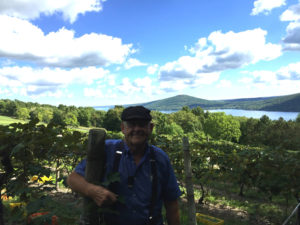
Michael Warren Thomas, of SavorLife Radio, is the one who turned me on to the story in the first place. Mary Jo Lanphear, the Brighton Town Historian, has been incredibly generous in her assistance in providing information, and actually has been for things in addition to this story. John Brahm of Arbor Hill Winery and Randall-Standish Vineyards, who spent an entire day with an incessant, know-nothing as a shadow while I asked a million questions. John’s wife, Katie, their daughter Sherry (who operates the shop at Arbor Hill) and son-in-law John (who operates the Beer & Brats restaurant at Arbor Hill) who invited me to their home and cooked me an outstanding meal of homemade German fare accompanied by some of my favorite locally-made root beer as I hounded them for anecdotes. Exploring Upstate becomes so much more of a vibrant and fulfilling project when it brings me face to face with people like the ones I encountered while remembering Jacob Moore. I am grapeful to you all!
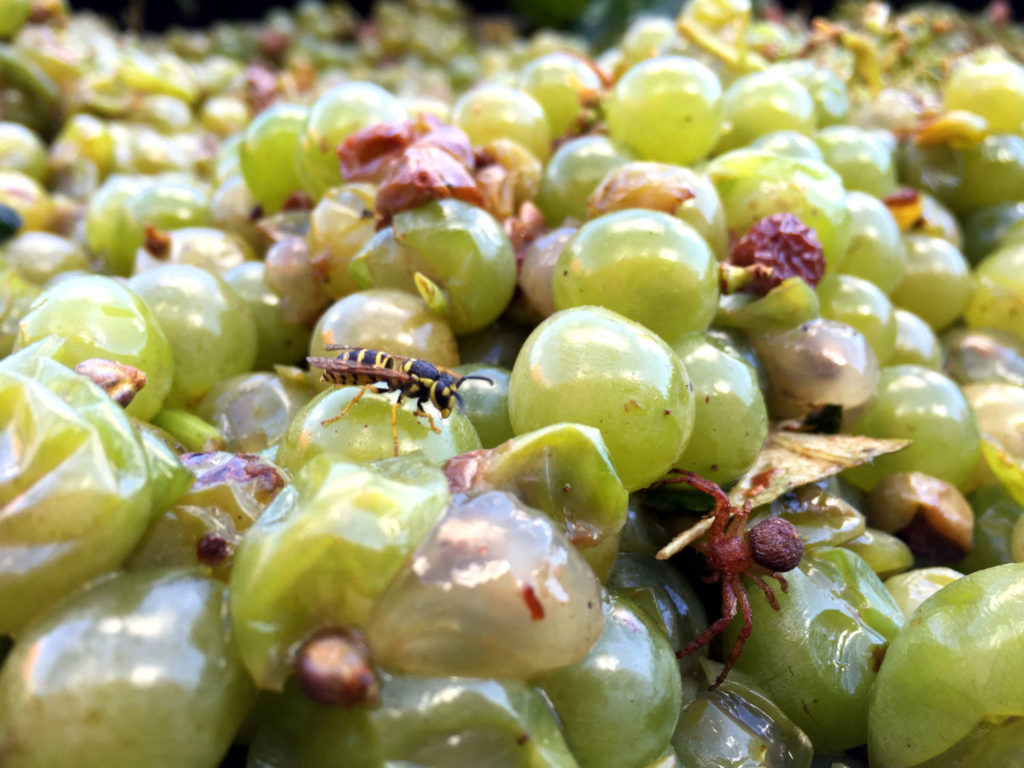
Resources and Moore Reading
Fringe Wine: Moore’s Diamond
Leading American Varieties
The Grapes of New York (1907)

Chris Clemens is the Founder/Publisher of Exploring Upstate. From his hometown in Rochester, he spends as much time as possible connecting with the history, culture, and places that make Upstate New York a land of discovery. Follow him on Twitter at @cpclemens

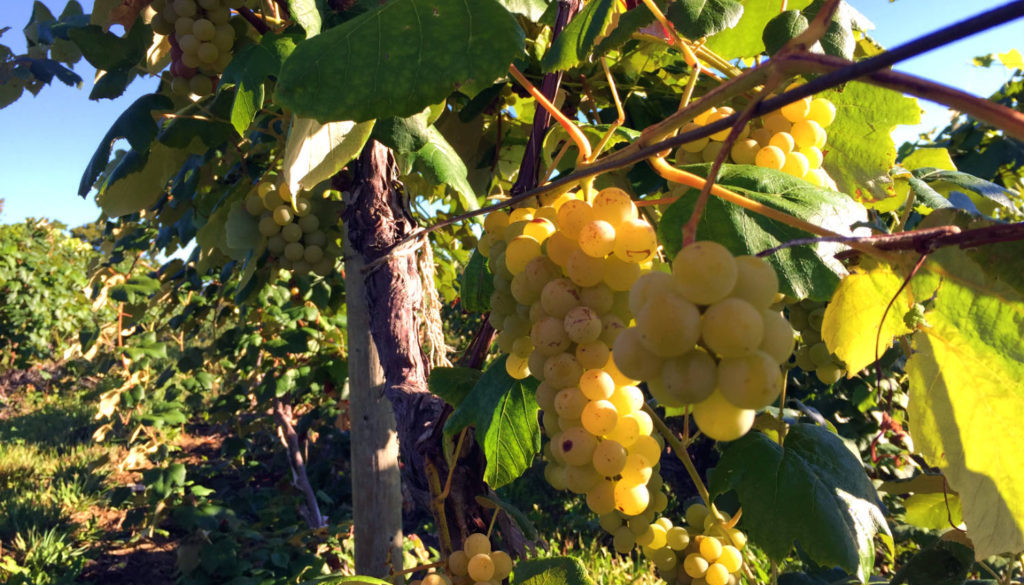

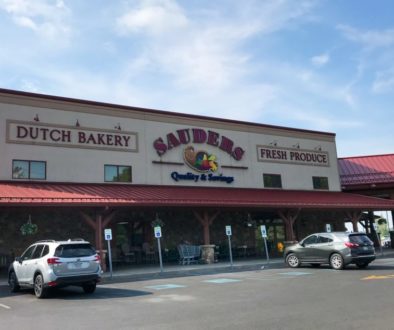
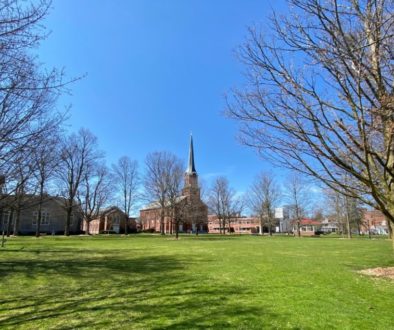
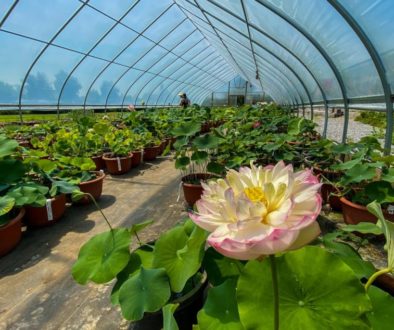
September 21, 2016 @ 9:53 pm
A long post that’s possibly too long?
Never.
This is an outstanding piece of history that hardly any people would know about.
You have, again, done a wonderful job of providing some very interesting information.
Thank you.
October 5, 2016 @ 2:13 am
Enjoyable read! Is this part of your “Make America Grape Again” campaign?
June 4, 2019 @ 12:23 pm
As long as I can remember we have a particular grape vine in the family called Moore’s Early. The story is that it was brought from Germany by my great Grandfather. It is still in existence on my cousins’ farm. Wins blue ribbons every year at the county fair. But. It is a nice beautiful purple colored grape. Akin to concord. So now I am thinking it must be something else.
We live in No. Ky.
August 16, 2022 @ 11:25 pm
Thanks for the History! and you can be assured Moore’s Diamond will live on, from my research I believe it’s what I’m growing here in New Zealand, Moore’s Diamond was/is sold here, people from Europe loved the taste they where very impressed, I am growing the next generation of vines from it’s seed this year. many of the table grapes in NZ are American/American Hybrid Grapes, the Foxy Flavour is where it’s at!